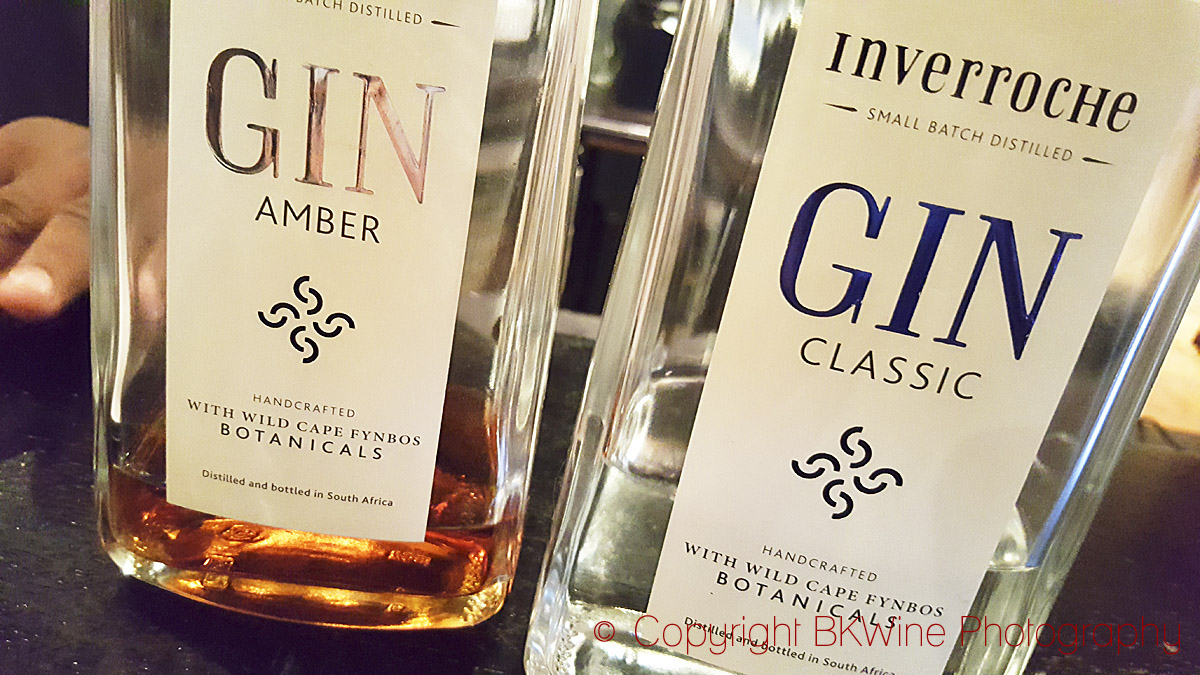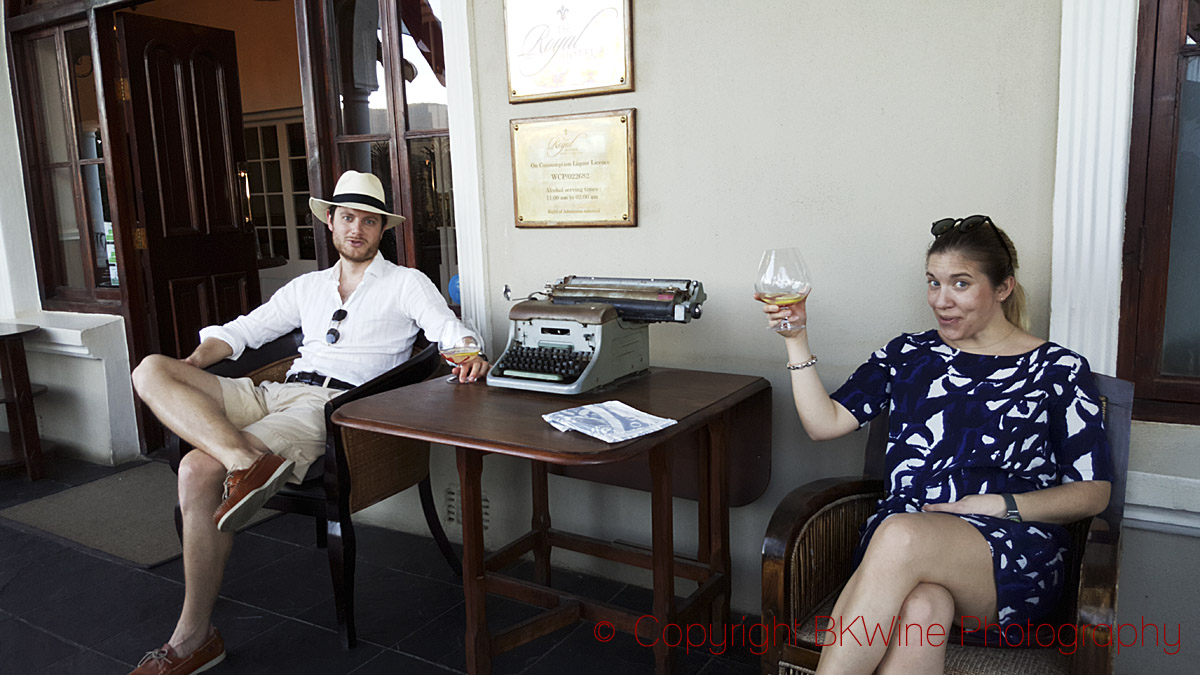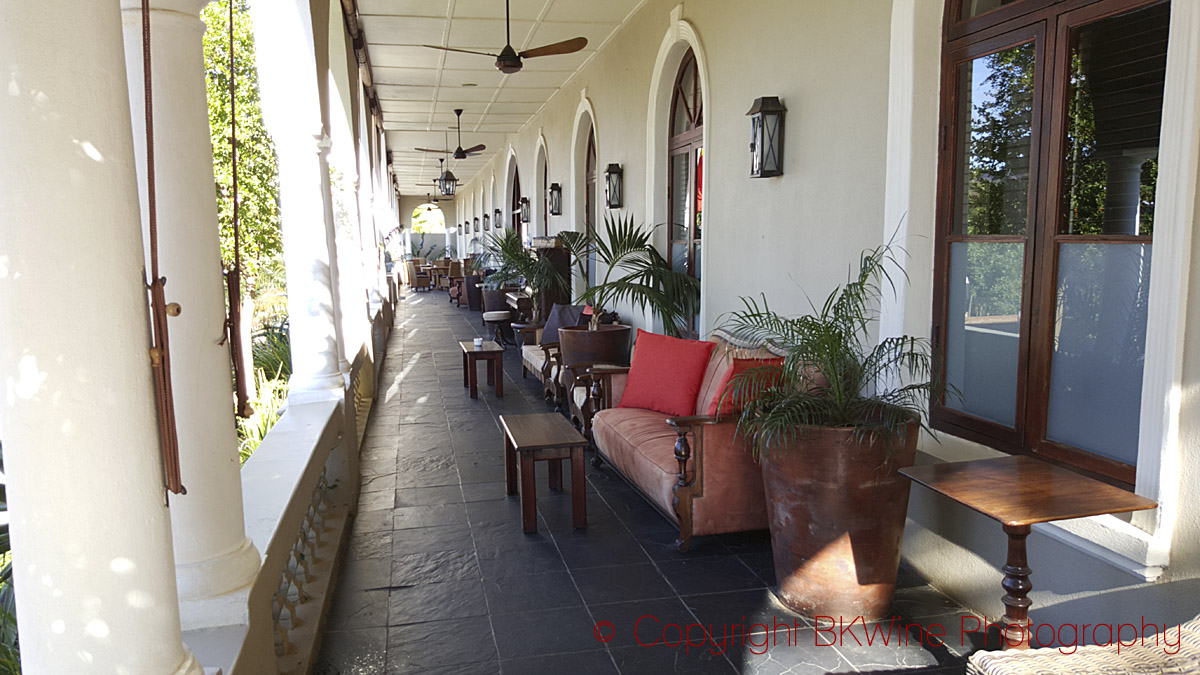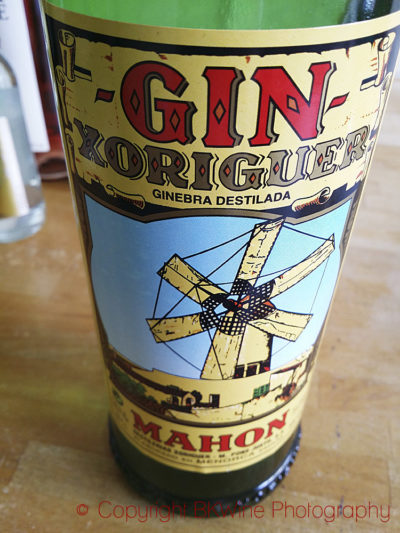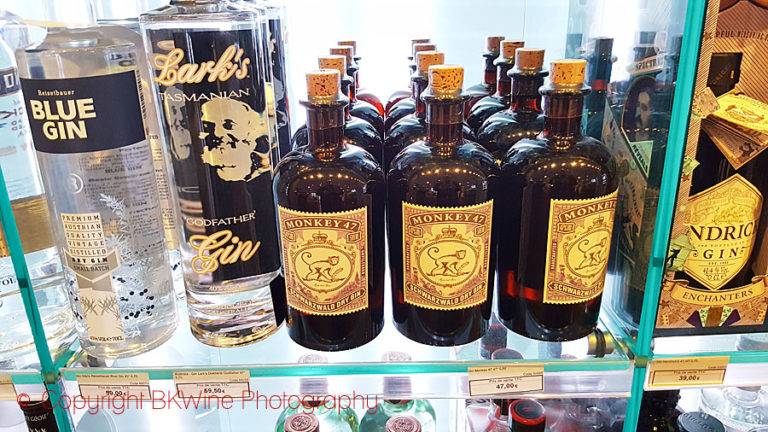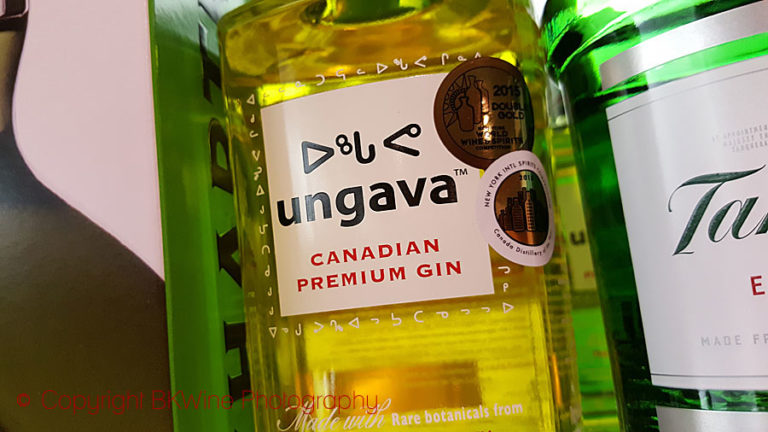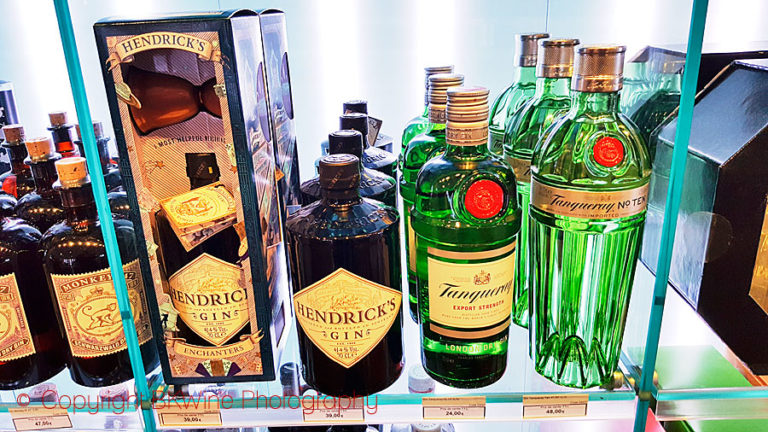I imagine hardly anyone needs an instruction on how to make a Gin-and-Tonic, or G-and-T. Could it be the world’s most popular drink?
But there are different ways to do it. For example, in this video, they use a blood grapefruit. Personally, I prefer a slice of lemon or lime. Some use cucumbers, blueberries and other things as well.
The video is from a bar in Logroño, Rioja, in northern Spain. G&T has become hugely popular in Spain in recent years.
Join us on a wine tour to Rioja and enjoy their gin and tonic yourself at Café Ibiza, a chic bar on one of the big squares.
Nevertheless, some tips for making a good gin and tonic:
Use a good tonic. It is, after all, more tonic than anything else in the drink. The drier the better I think. But it’s hard to find a really dry tonic. Fever Tree has become very popular. Ledger’s is not bad either, a bit more herbal. But none of them is really dry. Schweppes is a little sweeter.
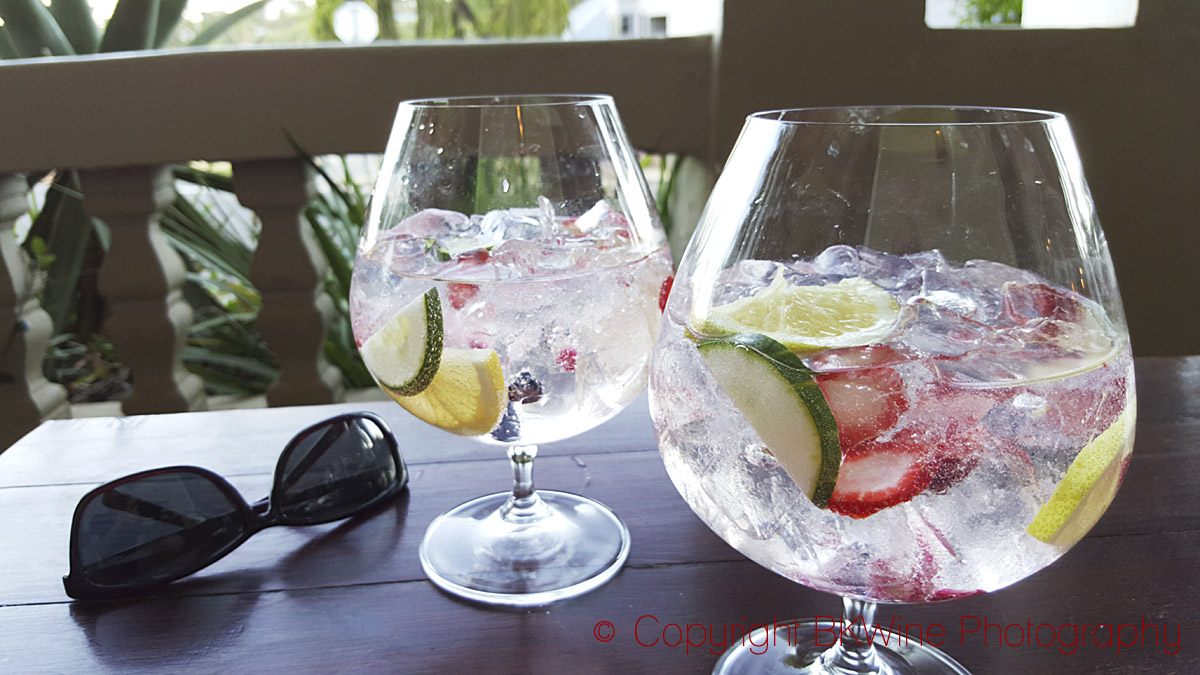
I like my gin with a lot of juniper character. The green bottle, Tanqueray, has been recommended as a gin with a lot of juniper berries in the making. In the video, they use Brockmans, a more exclusive gin version.
An exciting gin is Xoriguer, made in Menorca (neighbour of Mallorca in the Balearic Islands), in other words, difficult to get hold of. I have heard that there are good Swedish gins. And the gin in South Africa can be really excellent.
For example, you can try the Fynbos gin with extra herbs if you join us on our wine tour to South Africa.
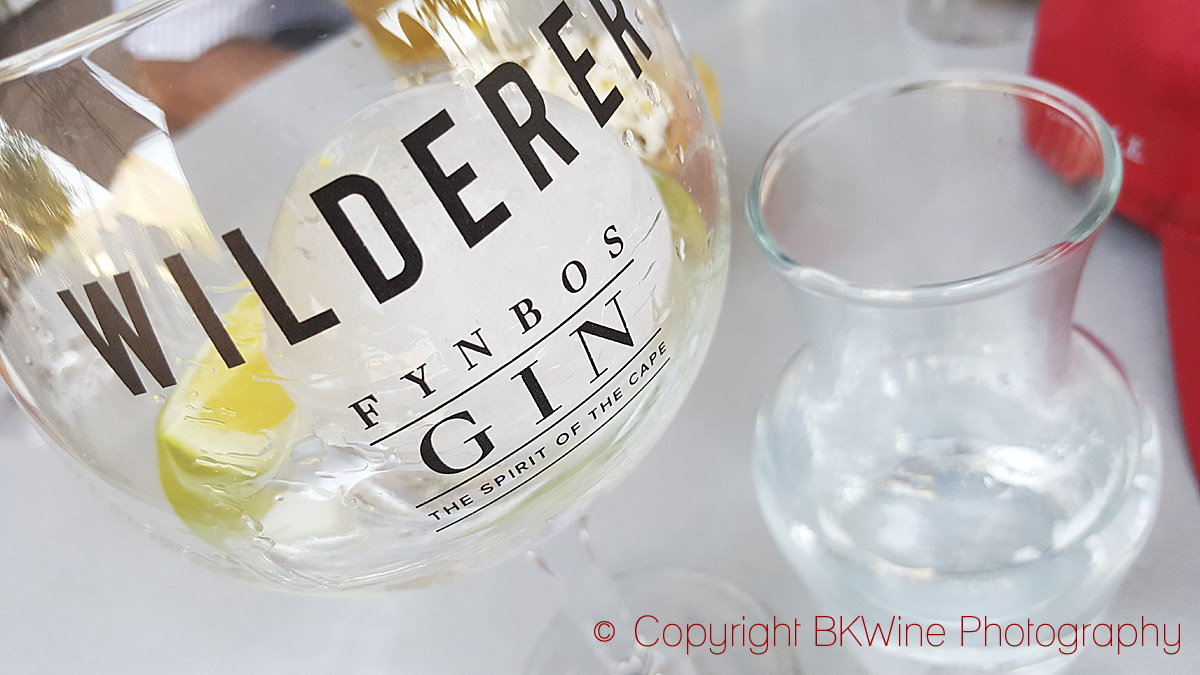
Use a chilled glass or chill it first with ice cubes (and pour out the meltwater).
I usually like to use a little less than a whole bottle (20 cl) of tonic, to get a little more gin flavour.
In fact, a good gin can be very excellent as a digestif as well, a refreshing after-dinner alcohol.
Read more about gin in our big gin special feature: The Renaissance of Gin in four parts.
